Are you part of a positive friendship circle?
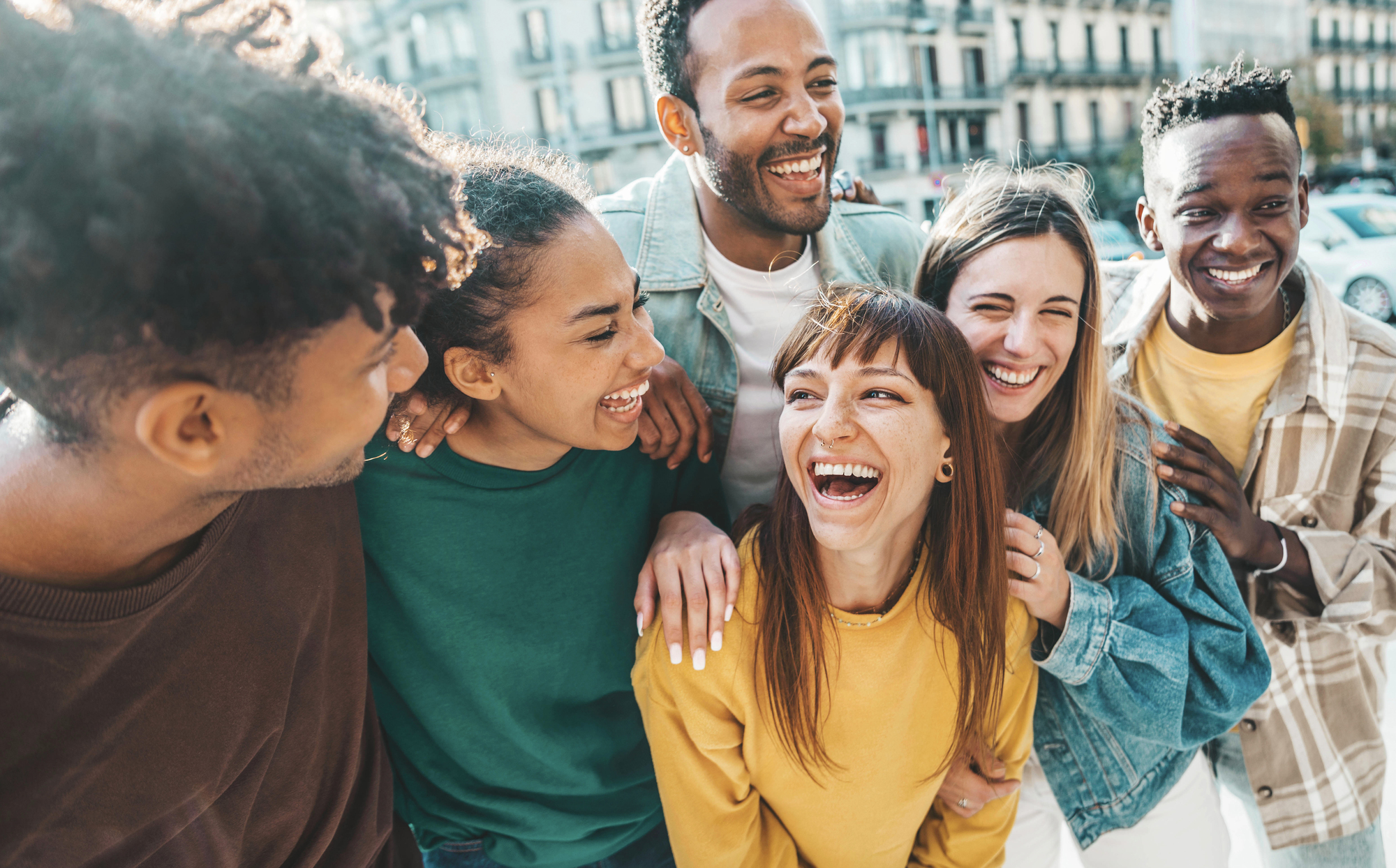
Some people seem to be perpetually surrounded by great, positive friends, while others have downer groupies and agony aunts. So, what do those who attract positive people do differently than those who attract miserable folks like moths to a guttering flame?
1. They encourage—and get involved with—other people’s healthy interests.

If a stranger strikes up a conversation with them and mentions their love of cooking, creativity, or exercise, they’ll encourage them and even offer to do some fun stuff together. In contrast, someone who instantly starts complaining will be offered condolences, but the engagement with them will end there.
2. They smile sincerely, when the occasion calls for it.

There’s a time and a place for everything, and those who live in rough neighborhoods know when to smile, and when not to. When the stars align and they feel a connection with another person, however, they’ll offer a sincere, friendly smile and see where that may lead.
3. They put themselves in positions where they’ll meet others of like mind.

If you want to meet other artists, you’ll take art classes, right? Similarly, if you want to connect with positive people who share your interests, then get involved with others who feel the same way you do. Volunteer at a community garden, help with hosting dance or music events, and so on.
4. They have healthy, interesting hobbies that bring them joy.
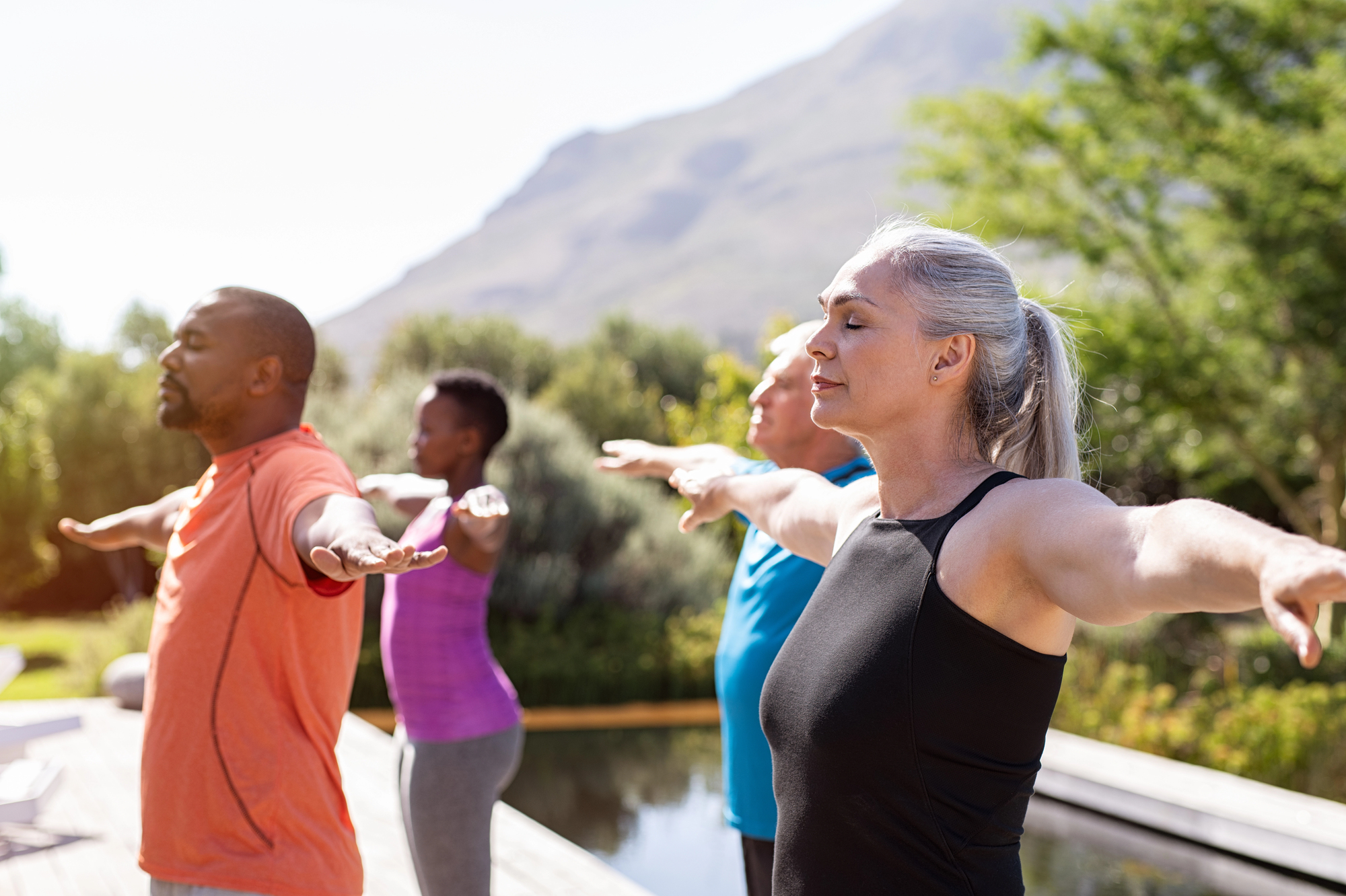
Most happy people have interesting hobbies that they enjoy on a regular basis. Some may be social hobbies like team sports or yoga classes that will be filled with attendees of like mind, while creative folks and academics might connect with other crafters or scholars at festivals and conferences.
5. They avoid complaining about trivial things.

Positive people don’t gripe about their petty miseries because they know there’s no benefit in doing so. If they’re truly struggling, they’ll reach out for help, but little irritations and annoyances are kept to themselves—both for the sake of their own self-respect, and to avoid alienating their friends.
6. They focus on their blessings.

Those who surround themselves with positive people usually have nothing but the utmost gratitude for everything they have in their lives. They don’t take anyone for granted, and they make a point of expressing to their friends just how grateful they are for them on a regular basis.
7. They do kind things for others.
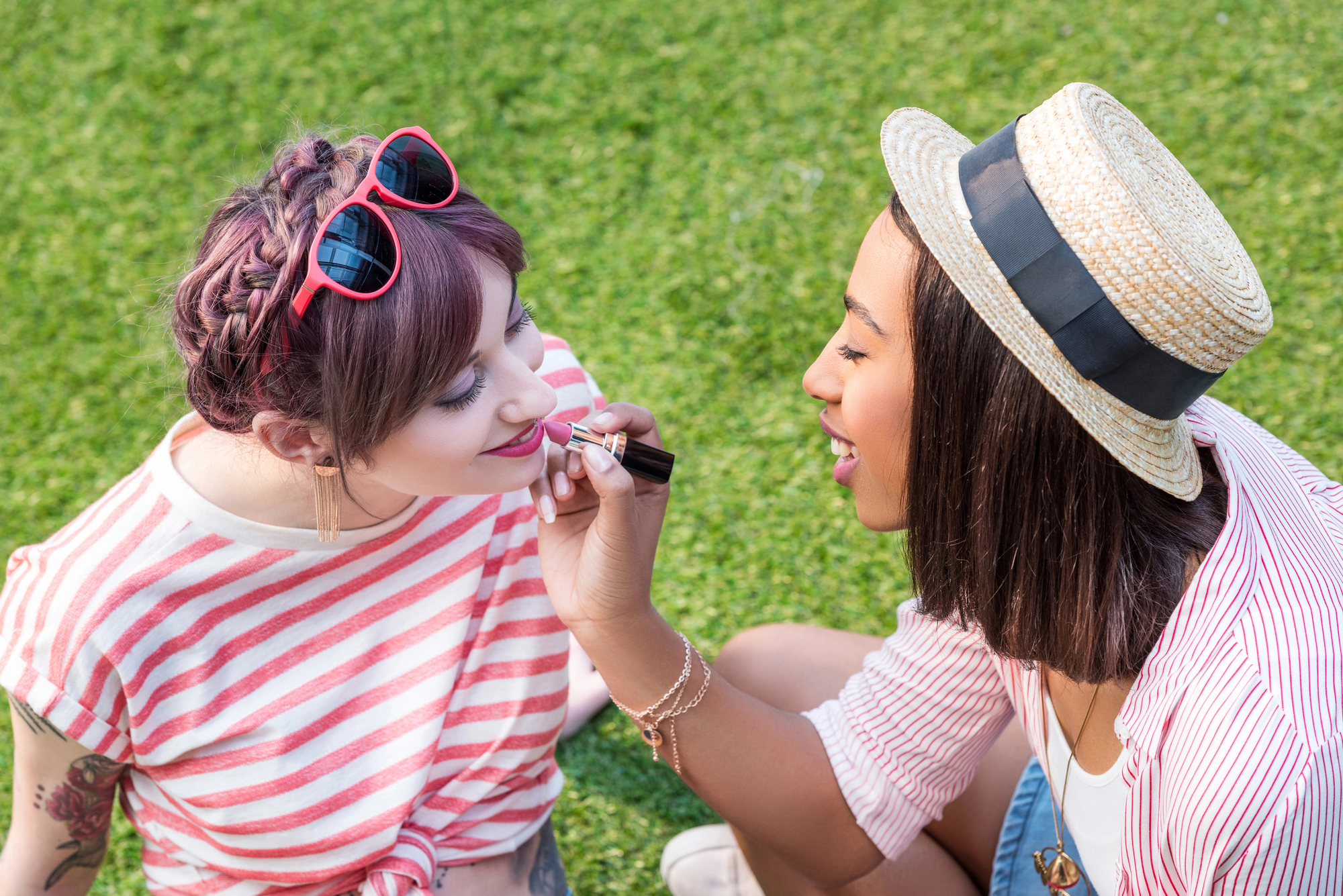
This doesn’t mean that they lavish gifts upon positive people in an attempt to buy their friendship, but rather that they do small kindnesses on a regular basis. They might offer to watch their kids, bring them soup when they’re unwell, or write them letters simply to cheer them up.
8. They remain open to positive possibilities.
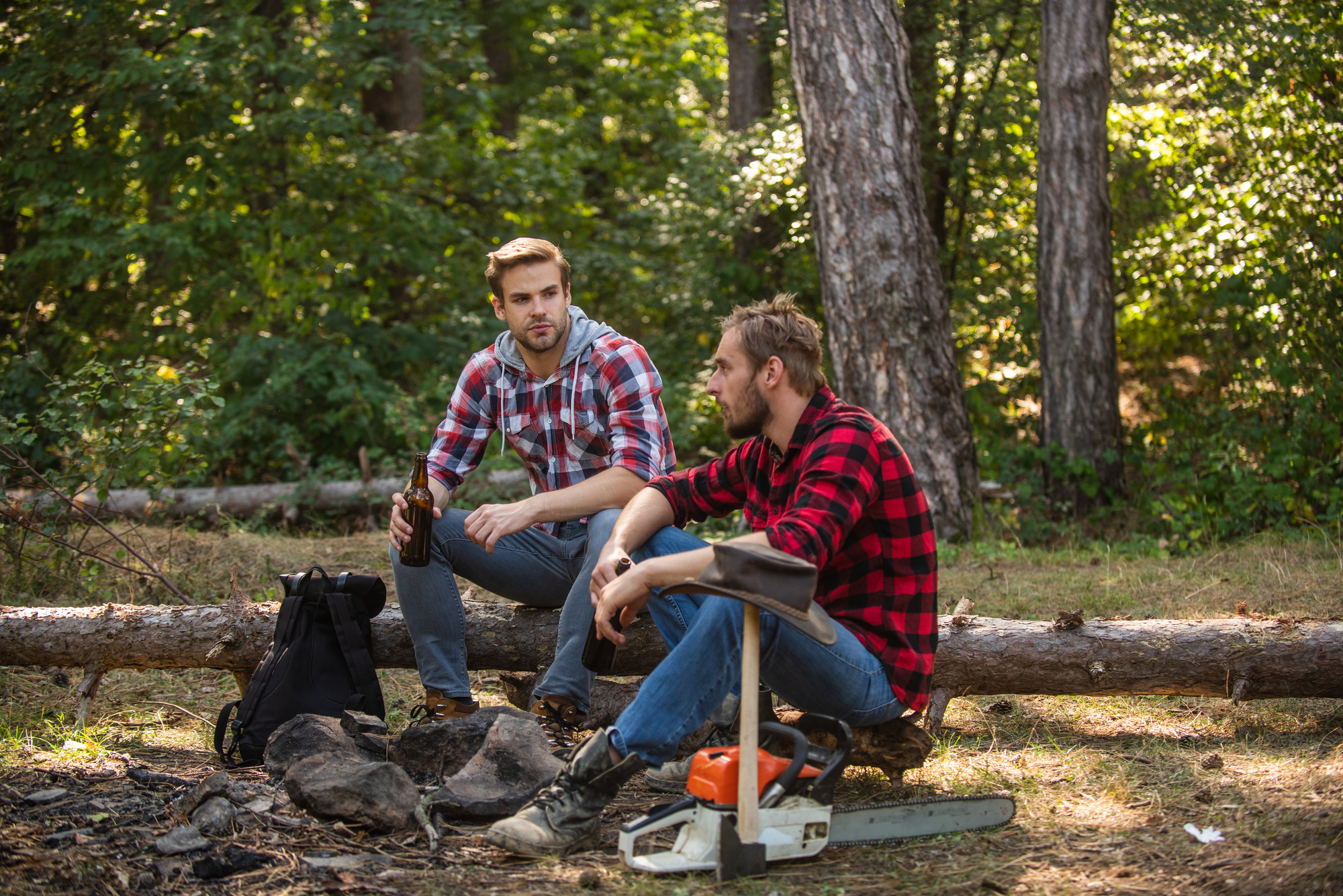
Those who attract positive friends allow themselves to be vulnerable enough to make those friendships happen. Fearful people who live in self-imposed victimhood tend to see everyone else as a potential threat, and don’t make many friends as a result. Fortune (and positive friends) favor the bold and brave.
9. They attend positive, happy events.
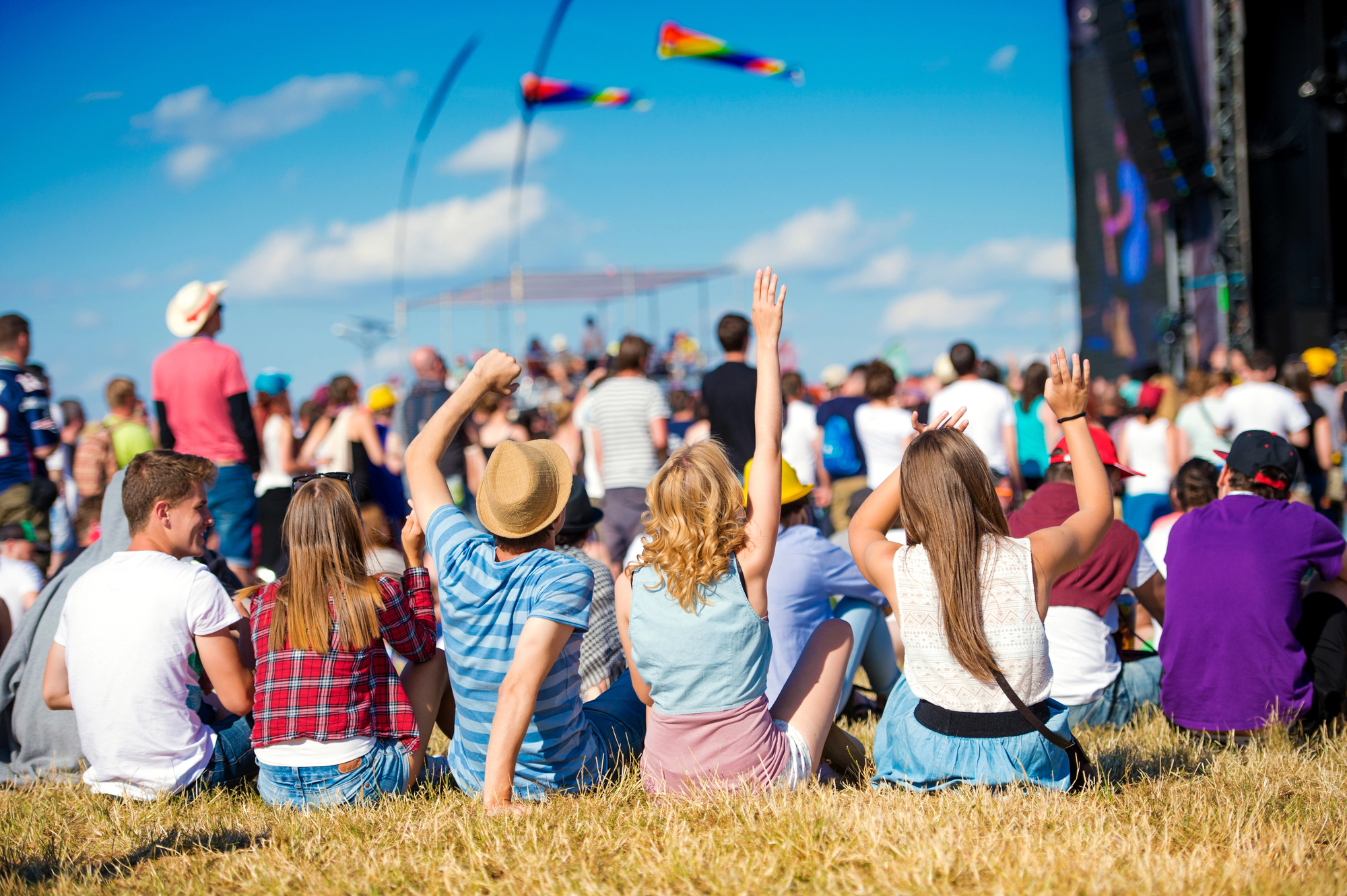
It’s hard not to connect with positive people when you’re at an event full of glitter, bubbles, and great music. There are countless festivals worldwide where happy folks can connect with one another, chat about wonderful topics, share food and great stories, and dance under the stars.
10. They embrace others’ differences.
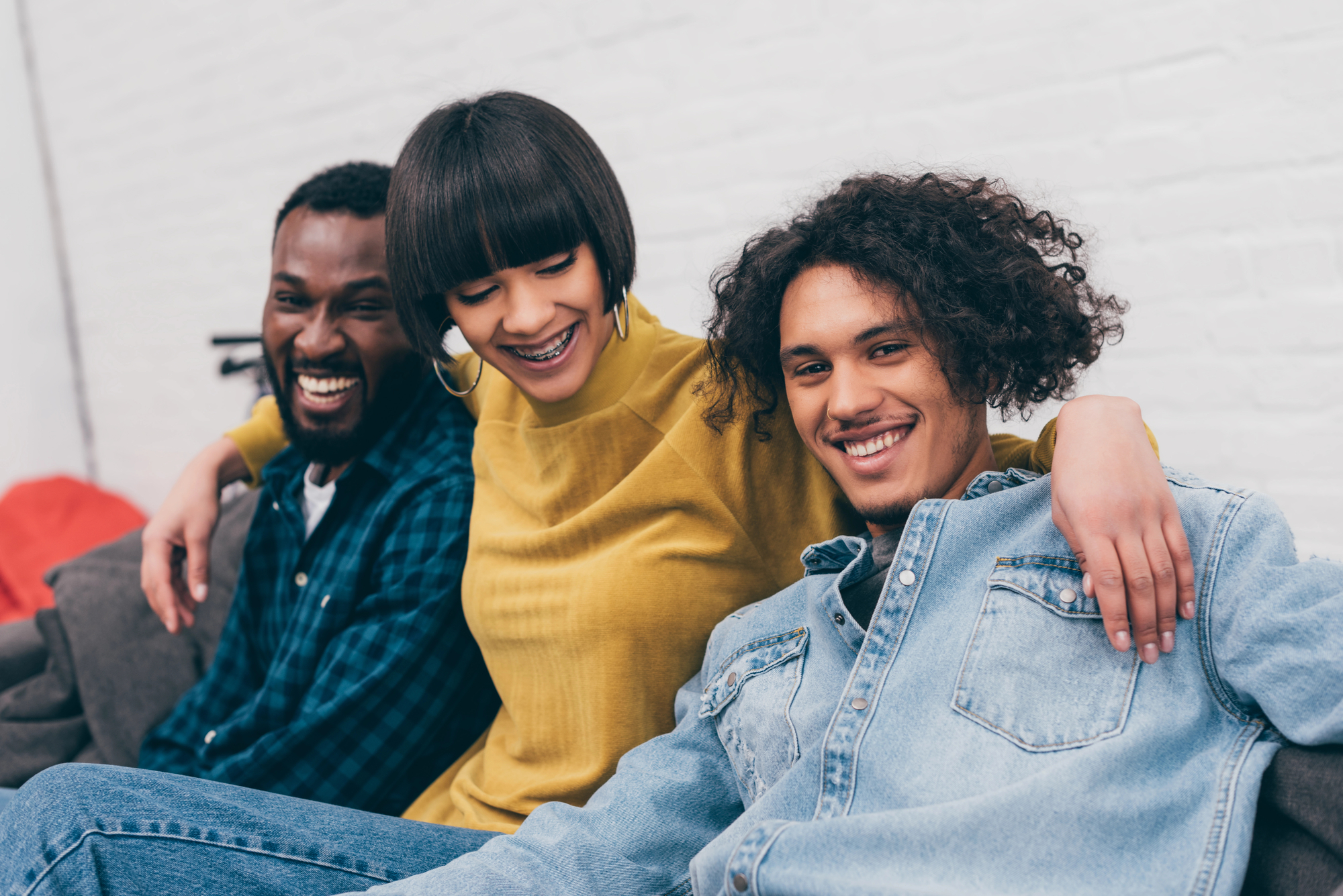
Those who have positive friends tend to have wide social circles filled with folks of all different ages, cultural backgrounds, genders, able-bodiedness, and so on. Inclusivity is the foundation here, and they cherish their friends for who they are. This goes beyond “tolerance” to celebration of differences, achievements, and more.
11. They behave authentically.
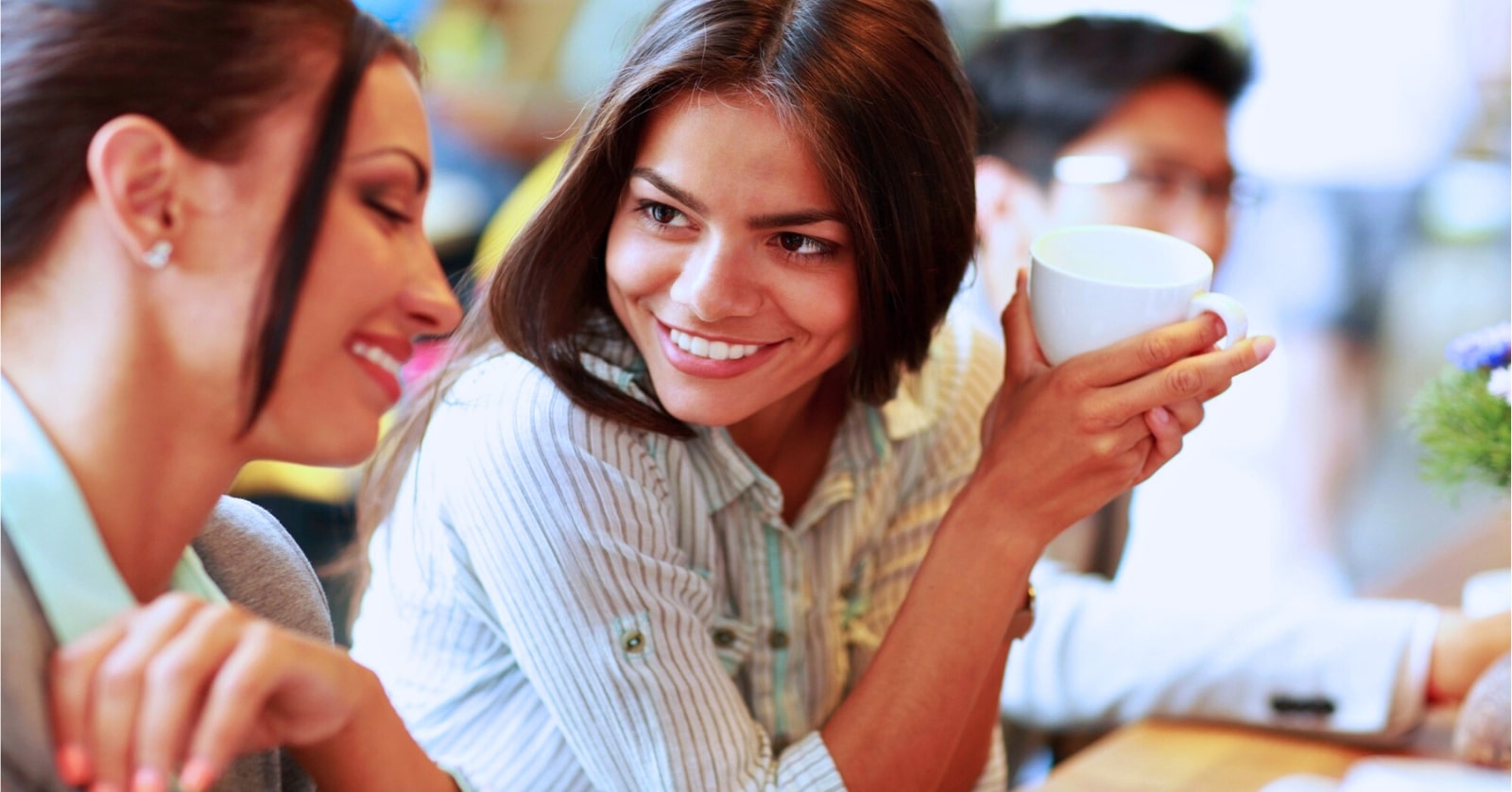
You can usually tell the difference between an authentic person and one who’s trying to fit in by the way they present themselves. The former will dress and behave in a manner that makes them happy and comfortable, while the latter will present themselves in a way that may win others’ approval.
12. They show real courtesy.
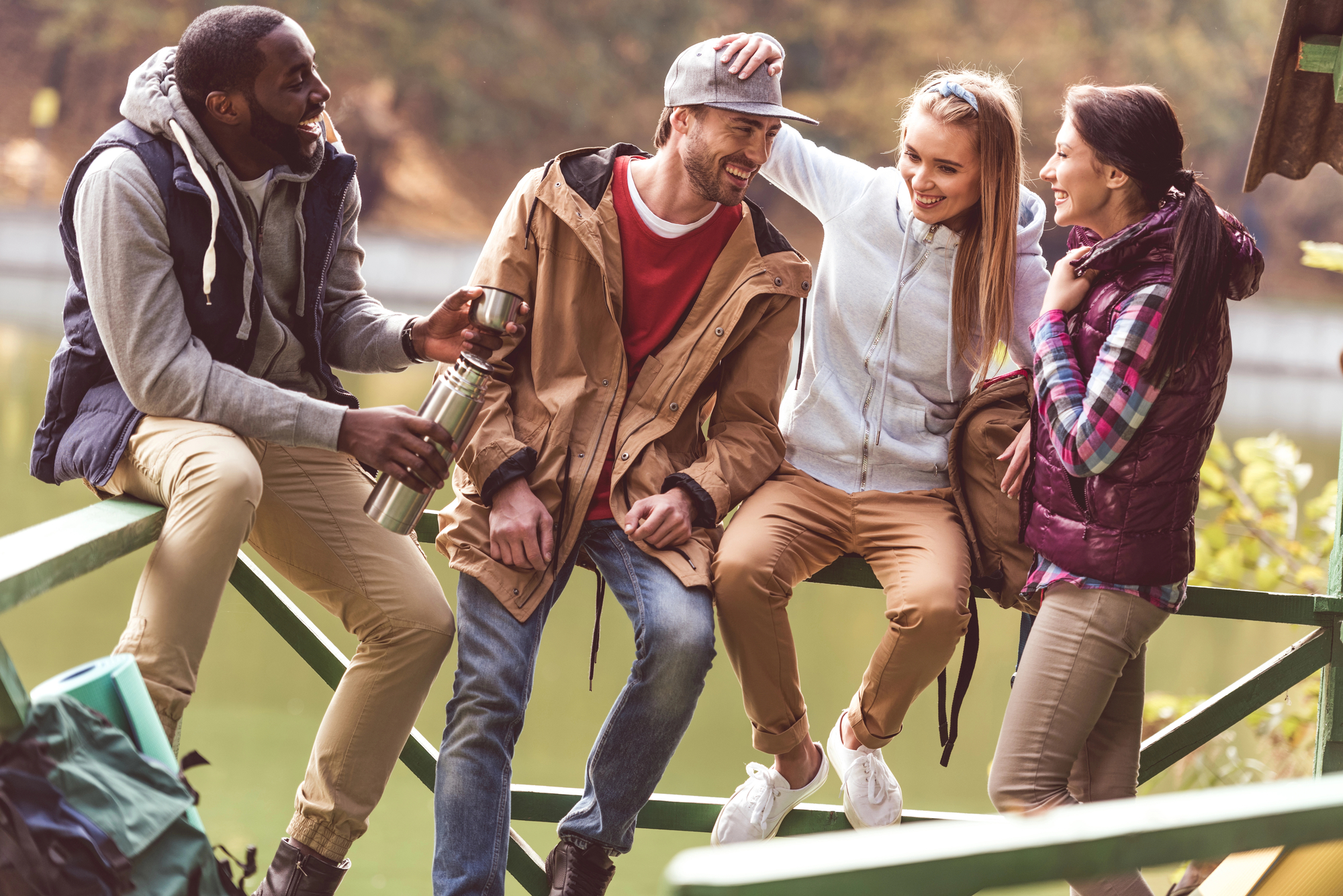
If two people both rush to pick up someone’s dropped groceries at the same time, they can be pretty sure that they’ll get along well. Similarly, those who volunteer to help neighbors in need will instantly recognize positivity and kindness in each other, and may connect as friends accordingly.









